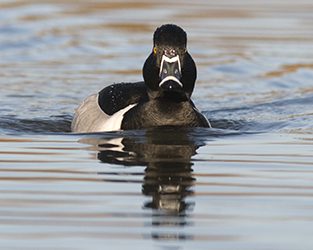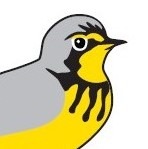By Ellen Jakubowski, Communications Specialist, Birds Canada

Ring-necked Duck Photo: Ron Ridout
If you’ve been involved in the world of birding since 2002, then you’re very likely familiar with eBird. But for those who aren’t, here are some quick facts about this versatile tool:
- eBird is an online program used to report and access information about birds around the world.
- Anyone can submit checklists to eBird to report the birds they have seen and heard, as well as the place, time, and manner in which they found them.
- Over 330,000 birders have submitted sightings as of January 2017, making it the largest Citizen Scientist biodiversity project in the world.
- Anyone can access the information stored on eBird.
- eBird data are used to guide conservation efforts. eBird was an important resource used to create the State of North America’s Birds report published in 2016. Here are nine more examples of eBird data facilitating conservation around the globe.
- eBird was launched in 2002 by the Cornell Lab of Ornithology and the National Audubon Society.
- In Canada, Birds Canada launched eBird Canada in 2006, and Regroupement QuébecOiseaux joined as a partner 2014.
While eBird is a fun and helpful tool for birders, allowing them to share sightings, track down a lifer, or even create a social profile (all on mobile, I might add), it also has the potential to unlock breakthroughs critical for understanding and conserving bird species.
Birds Canada is currently working toward this goal by adding a vast amount of data collected in remote areas of the Boreal Forest to eBird. Because eBird relies on birders to go out and gather information, birds in many less-accessible areas of our country are under-reported. This leaves gaps in our knowledge of where birds go and when.
This is a big problem when it comes to the Boreal Forest, because this huge zone is massively important for our hemisphere’s birds. Billions of individual birds fill the boreal each breeding season, including 80% of waterfowl species, 63% of finch species, and 53% of warbler species in North America – it is often aptly referred to as a bird “nursery.” Having a rich and detailed understanding of how species use boreal habitats is therefore essential for their conservation.
The major input of data into eBird from Birds Canada’s provincial breeding bird atlases will give researchers the power to understand much more about boreal-breeding birds. So far, roughly 590,000 records have been added, and this is just the very beginning. Such a large volume of information will allow scientists to use sophisticated modelling techniques to achieve year-round, continental-scale monitoring of many species.

